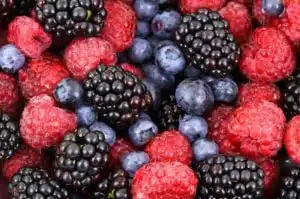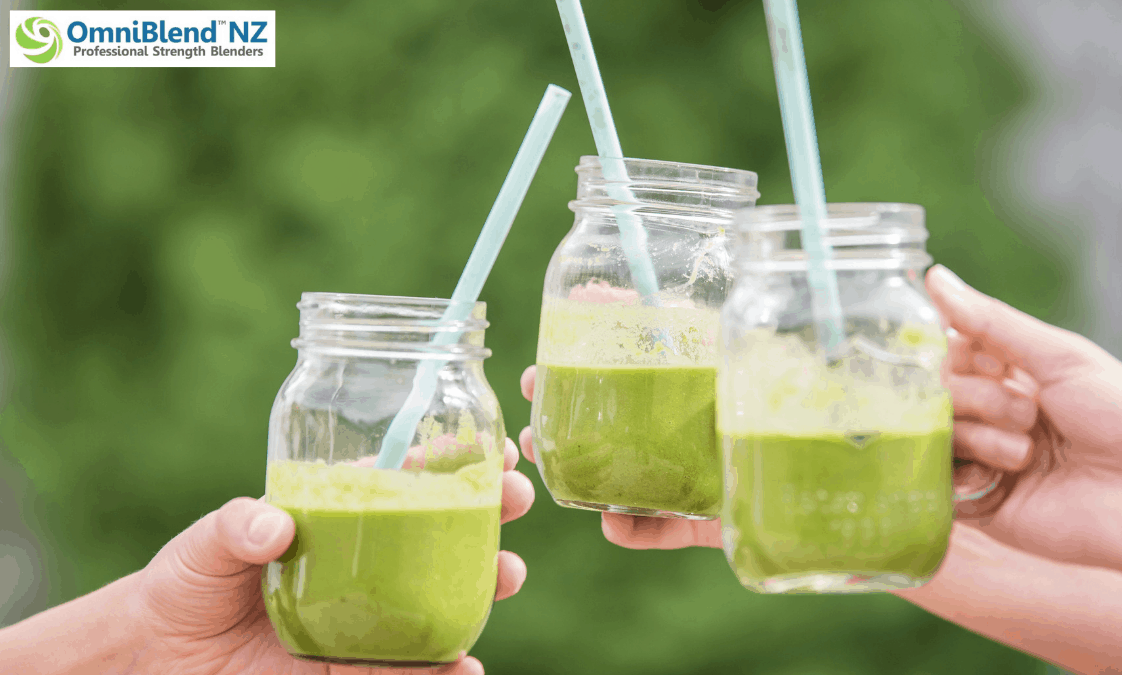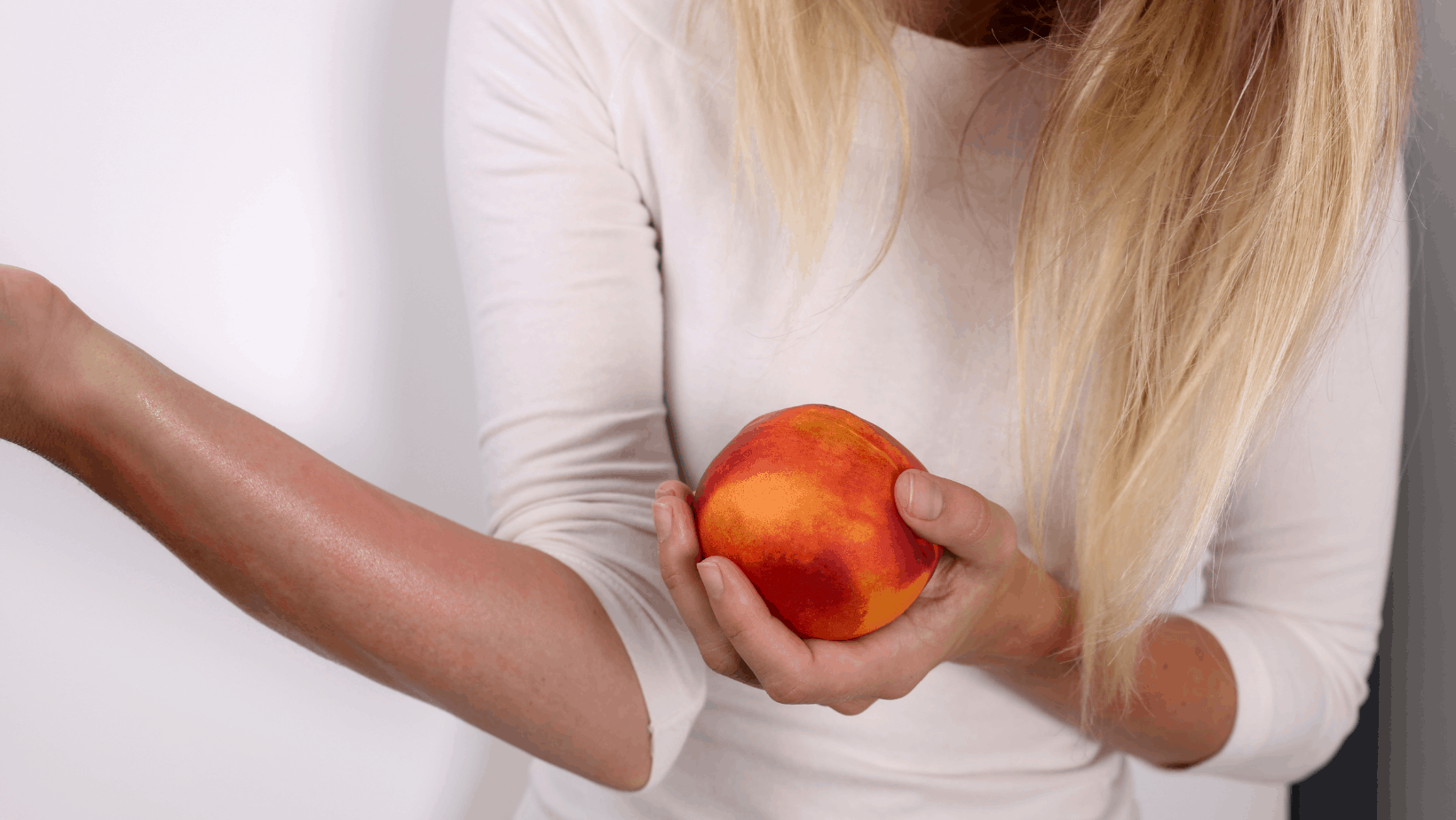Rules to follow when eating fruit
As awareness of issues with sugar consumption increases, fruit has fallen into the “bad food” category. Why? Even though it offers vitamins, minerals and antioxidants, most of fruit’s is-it-good-or-bad? debate stems from its fructose (the most metabolically damaging sugar) and overall sugar content. You are probably aware that the sweetness in fruit comes from sugar, but did you consider that fruit sugars could contribute to sugar addiction or cravings, as well as make it more difficult to drop unwanted weight? I am not saying (for a minute) that you shouldn’t eat fruit. There is no doubt about fruit’s goodness, and I don’t suggest you give it up. But there are some important considerations for you to be aware of so that you can make informed fruit choices:
1. Not all fruit is created equal.
That’s right – some fruits are better for you than others. Some have a high glycaemic index (GI) rating. For example bananas, mangoes and grapes can raise your blood sugar pretty quickly because the sugar-to-fibre ratio is definitely skewed towards sugar compared to some other fruit – such as berries. If fat loss or reducing the risk of developing diabetes is among your health goals, stick with the lower-sugar options like blueberries or raspberries.
2. Fruit can be a sneaky sugar source.
Fruits we’re told to eat every day (like apples) can actually be some of the worst offenders for sneaking more sugar into your diet than you ever imagined, especially because you’re probably giving yourself the OK to have an apple (it’s healthy after-all!) and a sweet treat later in the day. For future reference, one medium apple contains about 19 grams of sugars (one teaspoon of sugar weighs 4 grams, so that’s 5 teaspoons of sugar, and 75 calories right there). If you are about to walk about 1500 m you will burn that off – but wouldn’t you rather be burning off fat? If however, you run instead of walk, you’ll burn off the apple plus an extra 30 calories or so.
[By the way – research has shown that “an apple a day” does not “keep the doctor away”]
Many people have problems absorbing the fruit sugar (fructose). It even gets a name: “Fructose malabsorption”. Some fruits are higher in fructose than others (for example watermelon). If you think this could be a problem for you (i.e. you have “dodgy digestion“), check out our diagnostic test for fructose malabsorption here.
One medium apple contains about 19 grams of sugars
That’s about 4 teaspoons

3. There are good things in fruit – they’re not the sugar
Blueberries and other fruits are packed with vitamins, fibre, antioxidants, phytonutrients and all kinds of other goodness that cumulatively help to lower their sugar impact. For example, the fibre in blueberries helps to keep them relatively low on the glycaemic index. The antioxidant properties in blueberries are well covered in numerous studies – many show blueberries can actually help normalise blood sugar levels and reduce your risk for diabetes.
4. Not all fruits contain sugar.
Because of its sugar load, you probably classify all fruit as a carbohydrate. But a few anomalies including avocado, olives and coconut, are low-sugar impact and offer healthy fat.
5. Frozen is fine.
Especially when out-of-season, frozen fruits are more cost-effective and practical than fresh fruit. Make sure you’re buying frozen versions of the real thing, and not prepackaged processed fruits, which may contain added sugar.
6. Fruit is not an all-you-can-eat food.
Certain meal plans claim fruit is a “free” food. Sorry to bust that myth, but gorging on bananas all day won’t do you any favours. Excessive amounts of any fruit — we’re talking more than a few pieces a day, and even less for sugar-sensitive people — can stall fat loss, or even worse, cause fat gain!
7. Dried fruit is not a health food – it should be treated like sweets.
Seemingly healthy foods like raisins or dates count as “occasional-only” food. Why? Even though you are getting some fibre from them, they are concentrated sugar-hits, without the full spectrum of other nutrients and antioxidants. Also, the preservatives used to help keep their colour can cause problems for many people.
8. Fruit juice does NOT count as fruit.
When the juice is separated from its fibre it’s left without its protective phytonutrients, vitamins, and minerals. Also, the sugar impact is exponentially increased. Even if it’s a “fresh” or “slow” juice, the balance is still not the way nature intended. Packet juices have undergone more processing which makes it worse. Fruit juice creates a huge sugar surge. Vegetable juice is less of a problem, but most people add fruit as well. If purchasing a vegetable juice, do read the labels: You might be surprised to see how much sugar that “healthy” commercial juice contains! Try smoothies instead – into which you can put veggies as well as a little fruit.
9. Reducing Your Intake of Sugar
- Any nutrient that fruit contains, vegetables do better (without the sugar).
- Couldn’t be said better: “If you put a gun to my head and made me choose one of the two categories, it would be no contest: Vegetables are the clear winner,” writes Dr. Jonny Bowden in The 150 Healthiest Foods on Earth. “Almost all the nutrients found in fruits are obtainable in vegetables, and with substantially less impact on blood sugar.”
- Fruit as a sweetener does not automatically mean it’s healthy.
- Sweeteners like fruit-juice concentrate aren’t any healthier than sugar. It doesn’t matter whether it comes from bees, fruit, or sugarcane – it still breaks down in your body as sugar. Try one of our non-sugar sweeteners instead.
- Fruit-sauces-on-the-yoghurt can be high in sugar too!
- Skip the commercial varieties and stir real berries into unsweetened Greek yoghurt (if you’re not dairy sensitive) or low-sugar impact coconut yoghurt (if you are).

10. Reduce the Impact of High Fruit Sugar
You can reduce fruit’s sugar impact with one delicious strategy: Protein and healthy fat can help even out fruits sugar impact. So slice up that apple and smear a tablespoon of almond butter onto them.
Something else to think about
What else are you getting with that fruit?
The “Dirty Dozen” list covers the fruits and vegetables that you should purchase organic versions of — since they have the most pesticides. If you’re on a budget, don’t have availability, or just need help making choices, use these lists to guide your fruit purchases. The “Clean Fifteen” list covers the fruit and vegetables with the least amount of pesticides, so it’s not necessary to purchase the organic versions.
EWG’s Clean Fifteen™ lists produce that is least likely to hold pesticide residues. These are avocados, sweet corn, pineapples, cabbage, frozen sweet peas, onions, asparagus, mangoes, papayas, kiwis, eggplant, grapefruit, cantaloupe, cauliflower and sweet potatoes (kumara). Relatively few pesticides were detected on these foods, and tests found low total concentrations of pesticides on them.











